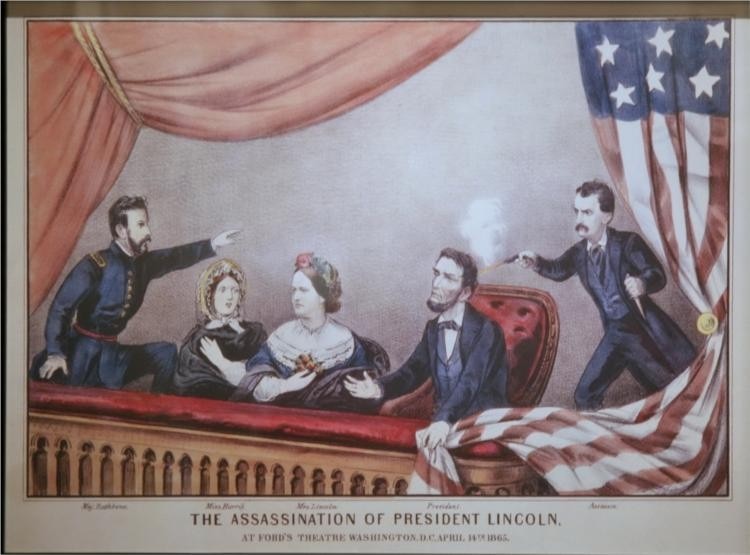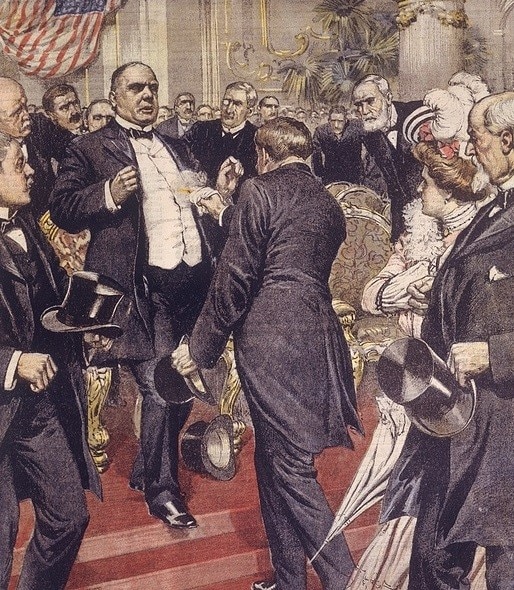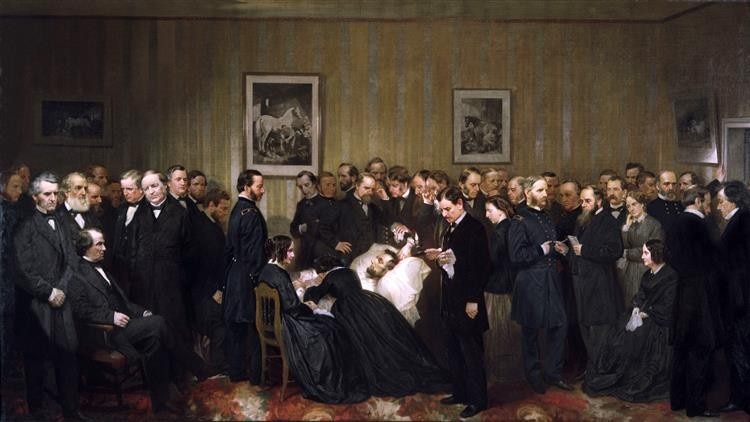On July 14, Donald Trump, a controversial and polarizing figure, former president of the United States, and current candidate in the upcoming election, was shot in an assassination attempt during a rally in Butler, Pennsylvania. A bullet, evading close surveillance, wounded his ear.
The attacker, Thomas Matthew Crooks, managed to breach security and opened fire on the Republican candidate. The event shocked both American and global public opinion, reigniting debates about the security of political leaders and the social divisions in the country.
Attacks on U.S. presidents have profoundly marked American history, striking at the core of democracy and the established order.
One of the first societies to experience “terror” was ancient Rome. Their public enemy was the Sicarii, an extremist faction of the already radical Zealots, an orthodox Jewish political-religious group advocating for Judea’s independence. According to historian Titus Flavius Josephus (born Yosef ben Matityahu, 37-100 A.D.), the Sicarii used “unorthodox” tactics. They attacked in broad daylight, striking blindly into crowds with short swords (sica) hidden under their robes. Their extreme fanaticism peaked during the siege of Masada in 73 CE, ending in a mass suicide that concluded the First Jewish War.

Islamic fanaticism emerged between the 8th and 14th centuries with sects like the Nizarites spreading throughout the Middle East. Claiming to be Ismailis, a Shiite Islam offshoot, they are known as the Sect of Assassins, from the Arabic plural noun al-Hashishiyyun. The Nizarites used targeted political assassinations, especially against Sunnis, to push their ideas.
The term “terrorist” entered the modern lexicon during the Reign of Terror (1793-94) following the French Revolution. The Jacobins, who carried out mass executions by guillotine, popularized the term to describe those who imposed their political will through fear and violence.

Assassination is seen as a significant act, expressing disillusionment, hatred, or the desire for radical change. When a president is assassinated, it questions not just the person but the entire value system they represent. Each assassination attempt raises a painful question about the nation’s identity: who are we and what do we believe in?
The assassination of Abraham Lincoln in 1865 was not only the tragic end of a great leader but also the culmination of a conflict that had divided the country. John Wilkes Booth’s bullet struck not just Lincoln but the hope for a peaceful and unified Reconstruction.
Attacks on U.S. presidents have profoundly marked American history, striking at the core of democracy and the established order.
American artist Alonzo Chappel (New York 1828 - Middle Island 1887) depicts the final hours of the former Republican president’s life. A crowded room, dark clothes, and a horizon narrative where the chatter and worry of the figures are palpable. The president is in the center, hidden, almost out of modesty or to conceal the weakness of a man who symbolized political power in the collective imagination.
After the assassination of William McKinley in 1901, the nation faced the threat of anarchism and tightened security to protect its leaders. A Republican with an air of integrity, McKinley came to power with two main goals: economic protectionism for American industry and international activism, breaking with the isolationism of the Monroe Doctrine. McKinley led the country in the war against Spain, a victory that brought Puerto Rico, Guam, the Philippines, and eventually Cuba under American control. America emerged as a world power. However, on September 6, 1901, an anarchist named Leon Czolgosz assassinated McKinley during a fair in Buffalo. He was succeeded by Vice President Theodore Roosevelt, a very different leader: energetic, impulsive, and willing to take risks. McKinley’s reluctance to have bodyguards, or perhaps his overconfidence, contributed to his downfall.
Van Gogh Away. pic.twitter.com/rLPIpVnHpm
— Trump Defined (@TrumpDefined) July 14, 2024
Italian artist Achille Beltrame (Arzignano 1871- Milan 1945) illustrates the tragic event on the cover of the Corriere della Sera supplement “La Domenica del Corriere.” The scene is depicted from a participatory perspective, as if the reader were in the audience, suddenly caught up in the assassination of the 25th president of the United States.
Immediately after the assassination attempt on Donald Trump, the internet buzzed with images comparing his face to Vincent Van Gogh’s self-portrait with a bandaged ear. This artistic reference, though inaccurate, seemed fitting as Trump appeared at the Republican Convention in Milwaukee with a bandaged ear.
Amid doubts and uncertainties surrounding the recent events, one truth remains: attacks expose the fragility of power and the underlying tensions in society. They compel the nation and its leaders to look in the mirror, confront their flaws, and seek to understand the deep roots of discontent and violence. These moments of crisis are opportunities to renew the social contract, reaffirm democratic values, and build a more secure and just future.
Opening image: Alonzo Chappel, The Last Hours of Abraham Lincoln, 1865

